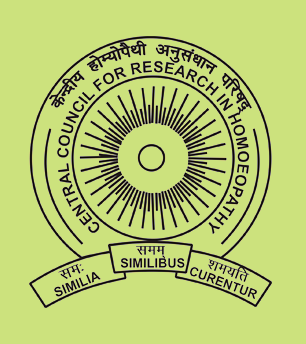Indian Journal of Research in Homoeopathy
Keywords
Allium sativum, Double blind, Drug proving, Homoeopathic pathogenetic trial, Homoeopathy, Pathogenetic effect, Placebo
Article Type
Original Article
Abstract
Background: Homoeopathic drug proving is an integral part of Homoeopathic System of Medicine. It is the first step in finding out the pathogenetic powers of a drug. Objective: To elicit the pathogenetic response to Allium sativum in homoeopathic potencies on healthy human provers. Materials and Methods: A multi-center randomized, placebo-controlled, double-blind trial was conducted at two centers of the Central Council for Research in Homoeopathy (CCRH). Proving was conducted on 33 healthy provers after the pretrial medical examination. All the provers were given 12 doses of placebo divided in 4 doses/day for 3 days during the first phase of the trial. After randomization, in the intervention group (21 provers), Allium sativum (A. sativum) was proved in 6C and 30C potencies, in two phases. In the placebo group, 12 provers were administered placebo in the same manner. The symptoms manifested during the trial period were noted down by the provers and then elaborated by the proving masters. The generated data on A. sativum were then compiled and analyzed at proving-cum-data processing cell at CCRH headquarters. Results: Out of 21 provers who were on actual drug trial, only nine provers manifested symptoms. Drug was able to manifest symptoms in both the potencies, in more or less every part of the body. Conclusion: The pathogenetic response elicited during the proving trial expands the scope of use of the drug A. sativum and will benefit the research scholars and clinicians. The generated symptoms of this drug will carry more value when verified clinically.
Digital Object Identifier
10.4103/0974-7168.179152
Publisher
Wolters Kluwer India Pvt. Ltd.
How to cite this article
Manchanda R, Khurana A, Pal R, et al. A multicentric, double-blind randomized, homoeopathic pathogenetic trial of Allium sativum. Indian J Res Homoeopathy 2016;10:6-23. doi: 10.4103/0974-7168.179152


